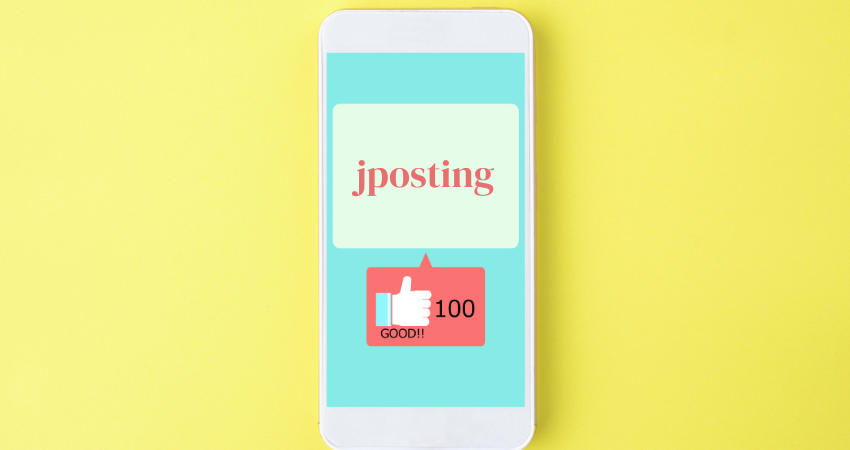Jposting is more than just another random buzzword floating around the internet—it’s a nuanced, layered form of digital expression. At its core, jposting refers to deliberately making jokes, memes, or content that is self-aware, ironically low-effort, or humorously absurd. It often parodies traditional meme culture by twisting expectations and playing with internet tropes. Think of it as the meme world’s rebellious younger sibling—delighting in humor that many might label as “weird,” “nonsensical,” or “inside joke material.”
But why does jposting work? It taps into a shared sense of humor among niche online communities, where the absurd becomes relatable and randomness becomes art. It might look chaotic to outsiders, but to those who “get it,” it’s an inside joke that builds bonds. This playful irreverence makes jposting not just a pastime but a form of creative commentary on internet culture itself.
When you jpost, you’re not just being silly—you’re participating in an evolving conversation where humor, irony, and community intersect. This makes jposting both an art and a social activity, offering endless opportunities for creative experimentation.
Origins and Evolution of jposting
To understand why jposting resonates so deeply today, it helps to look at where it came from. The term “jposting” isn’t pinned to a single event or meme; rather, it’s part of the broader trend of shtposting, which became popular on forums like 4chan, Reddit, and later Twitter and Instagram. Shtposting involved deliberately low-quality, humorous posts that poked fun at traditional internet content. Jposting evolved as a more niche, self-aware version of this, often centering around specific communities or fandoms.
Over time, jposting matured from random jokes to complex, layered content. Memes became more abstract, humor became more meta, and the community grew increasingly creative. What started as offbeat jokes slowly turned into a cultural language understood by people who shared similar online experiences.
As meme formats, platforms, and humor styles changed, jposting adapted too. Today, it includes not just memes but short videos, GIFs, ironic tweets, and surreal digital art. The evolution of jposting reflects the way internet users constantly innovate to keep humor fresh and subversive.

Why jposting Matters in Today’s Digital Culture
At first glance, jposting might seem trivial—a time-wasting internet fad. But dig deeper, and it becomes clear that it plays a powerful role in shaping digital culture. Here’s why:
-
It challenges norms: Jposting pokes fun at overly polished social media posts, curated influencer lifestyles, and commercial content. It says, “Not everything has to be perfect.”
-
It builds community: Shared inside jokes create strong bonds among niche groups, fostering a sense of belonging.
-
It keeps humor evolving: Jposting prevents humor from becoming stale by constantly remixing ideas and formats.
-
It serves as commentary: Many jposts indirectly critique pop culture, politics, and societal expectations.
In a world dominated by algorithm-driven content, jposting feels refreshingly human, chaotic, and authentic. It’s about expressing yourself without worrying about likes or virality—yet ironically, the most authentic jposts often do go viral. That paradox is part of what makes it fascinating.
Getting Started with jposting
Tools and Platforms for jposting
You don’t need fancy tools to start jposting—simplicity is part of its charm. But knowing where and how to post helps. Let’s break it down:
Platforms:
-
Reddit: Especially niche subreddits where humor thrives.
-
Twitter (or X): Great for short, ironic posts or quick memes.
-
Instagram: Meme pages often repost jposts.
-
Discord: Private communities built around shared humor.
-
TikTok: Short-form videos and surreal edits fit perfectly here.
Tools:
-
Meme Generators: Sites like imgflip, Meme Generator, or Kapwing make meme creation quick.
-
Graphic Design Apps: Canva, Photoshop, or even MS Paint for intentionally “bad” art.
-
Video Editors: CapCut, InShot, or Adobe Premiere Rush for short video memes.
-
GIF Tools: Giphy and Tenor help create or remix GIFs.
The beauty of jposting is that the barrier to entry is low—you can start with just a phone and an idea. Over time, you’ll refine your tools and techniques to match your style.
Essential Skills Every jposter Needs
Sure, anyone can drop a random meme, but successful jposting is an art form. Here are the must-have skills:
-
Observational humor: Spotting absurdities in everyday life and online trends.
-
Timing: Knowing when to post so your humor feels fresh and relevant.
-
Creativity: Remixing old memes or inventing new ones.
-
Community awareness: Understanding the shared references your audience loves.
-
Irony and self-awareness: Playing with humor that acknowledges it’s “just a joke.”
-
Visual storytelling: Even a simple meme layout needs to catch the eye.
These skills get better with practice. The more you immerse yourself in jposting communities, the better you’ll understand what clicks.
Common Mistakes Beginners Make
It’s easy to jump into jposting and get lost. Here are classic pitfalls to avoid:
-
Trying too hard to be funny: Authenticity beats forced humor every time.
-
Ignoring context: Jposts often rely on shared references; missing them can make your posts confusing.
-
Overcomplicating visuals: Jposting often thrives on low-effort charm; don’t overdesign.
-
Posting without engaging: Jposting is about community—like, comment, and join the conversation.
-
Chasing virality: Ironically, the more you try to go viral, the less likely it happens.
Mistakes are part of learning. Embrace them, laugh at yourself, and keep posting.

Crafting Engaging jposts
Choosing the Right Content and Themes
A great jposting starts with the right idea. Here’s how to find yours:
-
Look at everyday absurdities: Turn something mundane into a meme.
-
Follow niche interests: The best jposts often target specific fandoms, hobbies, or communities.
-
Remix popular formats: Take an old meme and twist it.
-
Observe trends: Current events, pop culture, and viral topics provide endless material.
The goal isn’t to copy but to add your spin. Find humor where others don’t see it, and your jposts will stand out.
Balancing Humor, Irony, and Authenticity
This balance is the heart of great jposting. Too much irony can feel cynical; too much sincerity can feel forced. Aim for:
-
Playful absurdity: Funny because it’s unexpected.
-
Self-aware humor: Jokes that know they’re jokes.
-
Relatability: Even surreal humor should have a hint of “I’ve been there.”
Keep it light, avoid punching down, and remember—it’s about having fun, not proving you’re the funniest on the internet.
Using Visuals and Memes Effectively
Visuals matter. Even the most ironically “bad” meme still follows basic rules:
-
Clarity: Text must be readable.
-
Contrast: Use bold fonts or outlines to stand out.
-
Consistency: Develop a style your followers recognize.
-
Humor-enhancing visuals: Sometimes a deliberately weird image makes the joke land.
Experiment with GIFs, screenshots, and drawings. The best jposts surprise people visually and conceptually.
